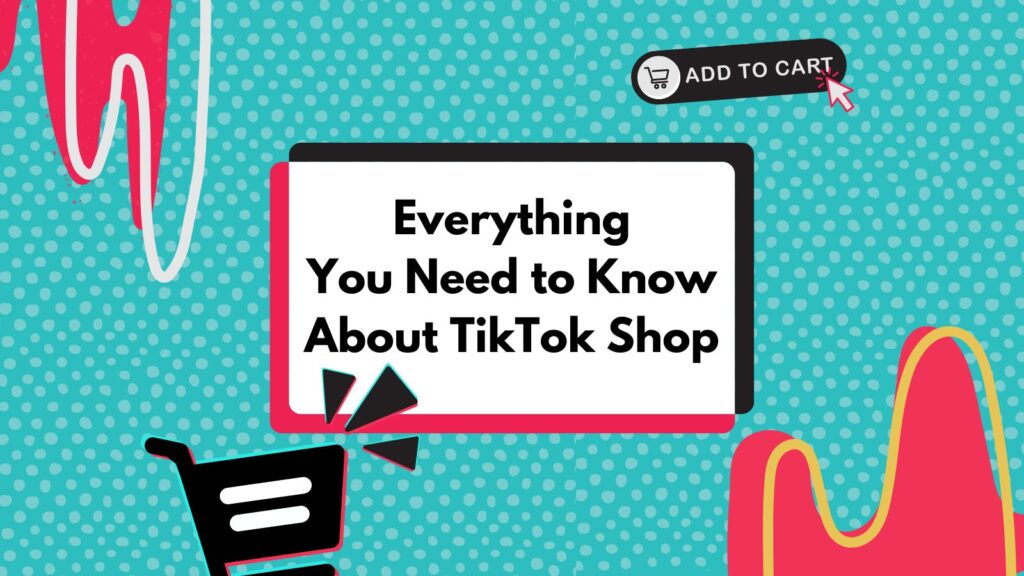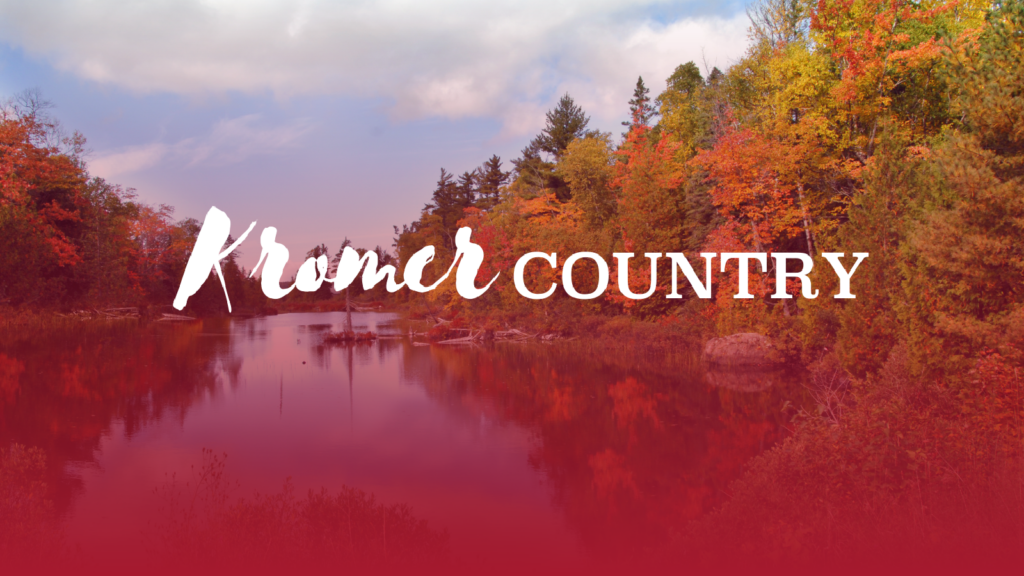Hashtags Explained, The 834 Way
Hashtags have become such a part of our culture that we often forget that the real name of the oft-used symbol is the “Octothrope.” Not as catchy, right? But before it was the hashtag, the Octothrope spent a good time being known as the “pound symbol,” thanks to touch tone phones.
Twitter isn’t the first company to use the “#” symbol, but it’s the company that has changed the way we use it. The first use of the hashtag on Twitter is attributed to Chris Messina (the developer, not Danny Castellano). He even attributes himself as the “inventor of the hashtag” in his Twitter bio. Can you blame him? Our Twitter accounts would be way cooler if we could sneak that into our bio.
Anyway…
For social media marketing, the hashtag has become a necessity. It took off on Twitter as a way for users to track topics and get involved in digital conversations and grew to other platforms like Facebook, Instagram, Vine, Pinterest, well, you get the point. For brands, hashtags can be a helpful tool to help grow followers and engagement on digital platforms. Sure, you can grow your followers without it, but it’s going to take a loooong time.
How Do You Use a Hashtag?
If you want to start or follow a conversation, a #hashtag can get you there. Millions of posts go out on social media platforms every hour. The right hashtag can help cut through the noise and get you to the content you want to see. If you like corgis, you can search #corgis. If you like corgis dressed up for Halloween, #corgicostumes is a better fit. (Our advice is to look both these up as soon as you finish reading this blog.)
Tips on Hashtag Use
Just like anything in marketing, you have to be strategic when creating or choosing a hashtag. If you’re a fitness brand and use hashtags like #fitness #fitspo or #fitnessaddict, your post will get lost in a sea of millions. Create a hashtag that has a decent following, but can set yourself apart. For example, #Michiganfit has 8,989 posts, with a new post every hour or so. That’s enough to get a Michigan-based fitness brand noticed. If you’re a runner, #runnningaddict has 82,000 posts, as opposed to the 18 million posts #running has. With a little research, you’ll quickly know how to use hashtags to your advantage.
Using the wrong hashtag, however, can look pretty bad on a brand. Luckily, there have been large brands that have had such big hashtag failures that we can all learn from their mistakes. In 2012, McDonalds launched an online campaign using the hashtag #McDStories. This is a classic example of a brand with very little self-awareness. If you ask us, our McDonalds stories mainly involve drunken nights and GI issues, and as it turned out, so did the rest of the internet. And they made sure to use #McDStories to let the company know.
Like McDonalds, Entenmann’s made the internet collectively headdesk when they sent out tweets with hashtags that hijacked a trending event. When Casey Anthony was acquitted, #NotGuily started trending. Entenmann’s decided to get in on the action by tweeting “Who’s #notguilty about eating all the tasty treats they want?” In case you forgot, Entenmann’s, the trial was over a child’s murder, so it wasn’t exactly the best time to talk about doughnuts.
It’s OK for brands to be clever with hashtags – if they know how. Taco Bell knows its target audience and runs with it beautifully. There is a fine line, however, between being clever and a total moron. For brands, it’s best to not toe that line.









